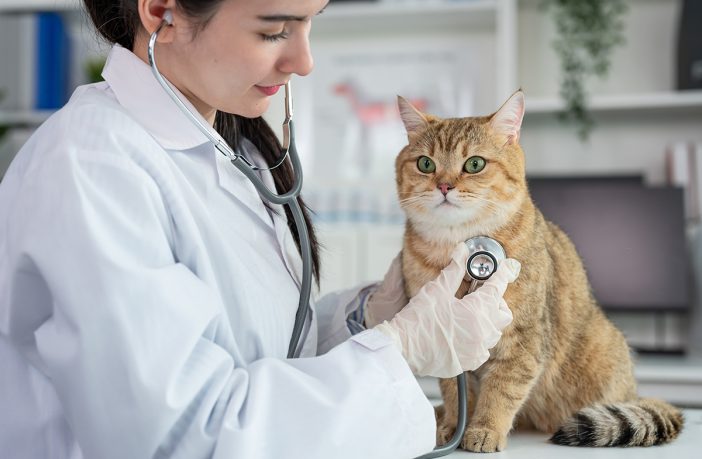As with any business, veterinarians will encounter several key changes in the law and challenges in 2025. The expert veterinary attorneys at RMF help their clients by identifying these changes and challenges, understanding the impact on practices and hospitals, and developing strategies to successfully address and mitigate them. Below is a list of trending topics in the veterinary industry:
1. The New York Companion Animal Care Standards Act. The New York Companion Animal Care Standards Act, which is set to take effect in December 2025, introduces new requirements for animal shelter facilities. The applicable veterinary care sections include the following:
- Protocols for administering medications, vaccinations, and parasite treatments;
- Surgical protocols for spaying and neutering;
- Provision of veterinary assessment and timely humane care either in-house or off‑site locations; and
- Detailed requirements for intake assessments and examinations, emergency medical plans, and treatment of acute and chronic pain.
2. New York’s Buoy’s Law. This law requires veterinarians to notify pet owners of potential risks and side effects of medication verbally or though written or electronic means. Every time a veterinarian prescribes, dispenses, or provides a drug to an animal, the veterinarian must provide the pet owner with the name and description of the drug, directions for use, action to be taken in the event of a missed dose, instructions for proper storage, any common reasonably anticipated side effects, and manufacturer precautions and relevant warnings. Although this law went in to effect in June of 2024, it is understood that very few practices are fully compliant.
3. The Use of Artificial Intelligence by Veterinary Students and Practitioners. Artificial intelligence (AI) technologies are poised to transform veterinary education and the practice of veterinary medicine. Currently, we are seeing AI-powered personalized tutoring using virtual, augmented and extended reality technologies. This allows veterinary students to be immersed in realistic training environments and to practice complex procedures and diagnose simulated cases with limited or no interaction with live animals. Such highly customizable, hands-on AI experience is refining veterinarian students’ skills in ways that were previously not possible, thereby potentially improving patient outcomes. For practicing veterinarians, there are new applications that integrate AI with fundamental tasks such as SOAP documentation (subjective, objective, assessment and plan) and scribing of patient examinations. There are mixed feelings throughout the industry about such AI scribe tools. Some groups sing the praises of the increased time and treatment efficiencies, and others have concerns that the use of AI in the practice of veterinary medicine will jeopardize the safety of our pets and animals. Whichever way you may feel, AI is here and practitioners need to understand how it affects the practice of veterinary medicine, how it can be utilized and the regulatory issues involved.
4. Shortage of Veterinarians. The pandemic has shown a bright spotlight on the shortage of veterinarians, as well as access to veterinary care. Particularly, there is an extreme shortage of large animal veterinarians. This has had several effects. Firstly, multiple veterinary schools are in the process of being opened throughout the country. This will eventually lead to a new population of young veterinarians that will join practices and facilities. Secondly, those exiting the practice of veterinary medicine, namely those retiring and/or looking to sell their practice, have faced a shrinking pool of eligible practitioners as interested buyers. Where states ownership by non-licensed individuals or entities is permitted, buyers backed by private equity have filled the void. Where veterinary shortages exist, practices have been forced to seek out creative solutions, particularly solutions involving staffing, to address the need to provide veterinary care across large geographic areas with a reduced number of qualified professional and assistants.
5. Veterinarian Mental Health Matters. Burnout rates are especially high among young veterinarians (practicing 0-10 years) and large animal and production animal veterinarians. The long hours and physical demands of practice often take a toll. Veterinarians in practices and hospital that have been acquired by corporate owners and/or private equity often feel like they have been forced to prioritize financial results over medical results. Besides the health issues that this leads to for the veterinarian themselves, this can create labor, employment and regulatory issues for the practice. This is, at least in part, driving the shortages felt industry wide.
The veterinary law experts at RMF are ready to help you address these challenges head on. If you have any questions or if you would like to set up a meeting or a call to discuss how RMF can assist you with your practice, please reach out to:
Russell H. Stern, Esq.
516.663.6582
[email protected]
Alexandra C. McCormack, Esq.
516.663.6653
[email protected]











